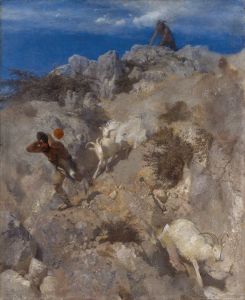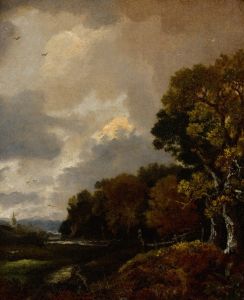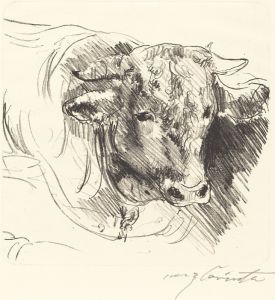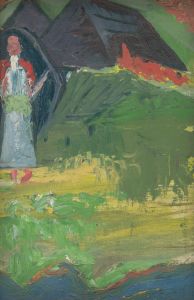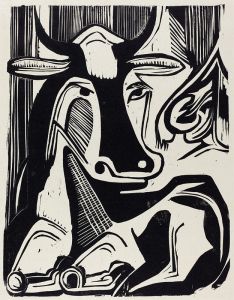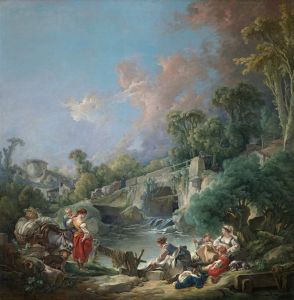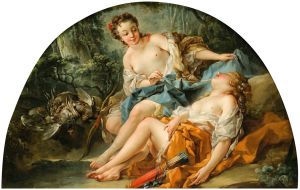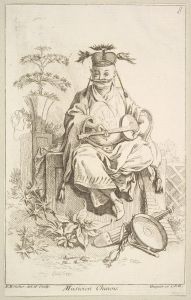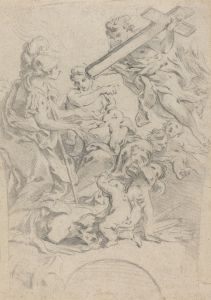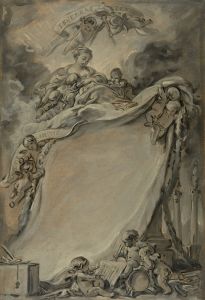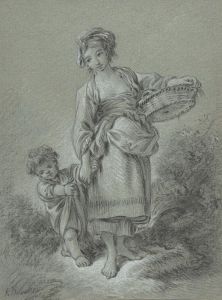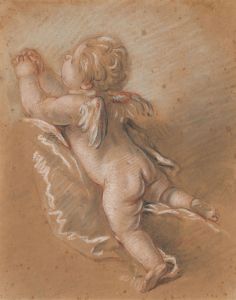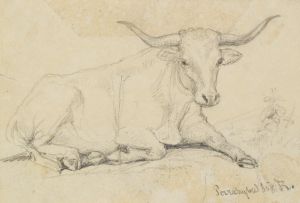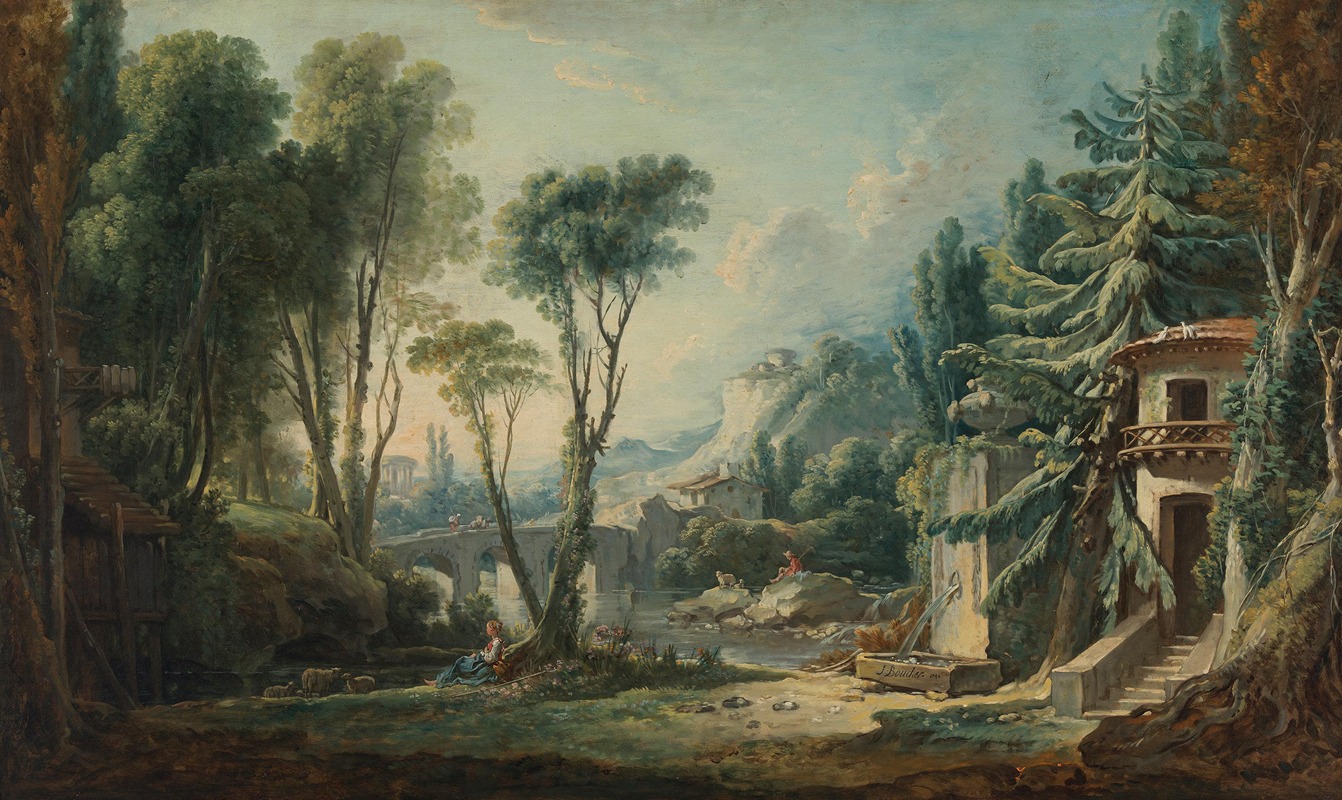
Hirtenlandschaft mit Fluss
A hand-painted replica of François Boucher’s masterpiece Hirtenlandschaft mit Fluss, meticulously crafted by professional artists to capture the true essence of the original. Each piece is created with museum-quality canvas and rare mineral pigments, carefully painted by experienced artists with delicate brushstrokes and rich, layered colors to perfectly recreate the texture of the original artwork. Unlike machine-printed reproductions, this hand-painted version brings the painting to life, infused with the artist’s emotions and skill in every stroke. Whether for personal collection or home decoration, it instantly elevates the artistic atmosphere of any space.
François Boucher, a prominent French painter of the Rococo period, is renowned for his idyllic and pastoral scenes that capture the essence of 18th-century French art. One of his works, "Hirtenlandschaft mit Fluss" (translated as "Pastoral Landscape with River"), exemplifies his mastery in creating serene and picturesque landscapes that transport viewers to an idealized version of rural life.
Boucher was born in Paris in 1703 and became one of the most celebrated artists of his time, known for his playful and sensuous style. He was a favorite of Madame de Pompadour, the chief mistress of King Louis XV, which significantly boosted his career and influence in the French art scene. His works often depicted mythological themes, pastoral scenes, and portraits, characterized by their soft colors, fluid lines, and intricate details.
"Hirtenlandschaft mit Fluss" is a testament to Boucher's skill in landscape painting, a genre that, while not as dominant in his oeuvre as his mythological and genre scenes, still showcases his ability to create harmonious compositions. In this painting, Boucher presents a tranquil rural scene, likely intended to evoke a sense of peace and nostalgia for an unspoiled countryside. The composition typically features shepherds and shepherdesses tending to their flocks by a gently flowing river, set against a backdrop of lush greenery and perhaps distant hills or trees.
Boucher's landscapes often reflect the Rococo style's emphasis on beauty and elegance, with an idealized portrayal of nature. The use of light and shadow in "Hirtenlandschaft mit Fluss" would have been carefully considered to enhance the idyllic atmosphere, while the figures are often depicted in relaxed poses, suggesting a leisurely and carefree existence. This painting, like many of Boucher's works, might have been intended for the private enjoyment of the French aristocracy, who favored such romanticized visions of rural life.
The Rococo period, during which Boucher worked, was characterized by its ornate and decorative qualities, often seen as a reaction against the grandeur and strict regulations of the Baroque era. Boucher's work embodies this shift, focusing on themes of love, nature, and mythology, rendered in a style that is both playful and sophisticated. His landscapes, including "Hirtenlandschaft mit Fluss," are no exception, offering a glimpse into the leisurely pursuits and aesthetic preferences of 18th-century France.
While specific details about the creation and provenance of "Hirtenlandschaft mit Fluss" may not be extensively documented, it fits within the broader context of Boucher's work and the Rococo movement. His paintings were widely collected and admired during his lifetime, and his influence extended beyond his death in 1770, leaving a lasting impact on the development of European art.
In summary, "Hirtenlandschaft mit Fluss" by François Boucher is a quintessential example of Rococo landscape painting, reflecting the artist's talent for creating enchanting and idealized visions of pastoral life. Through his use of color, composition, and subject matter, Boucher invites viewers to escape into a world of beauty and tranquility, a hallmark of his enduring legacy in the art world.





